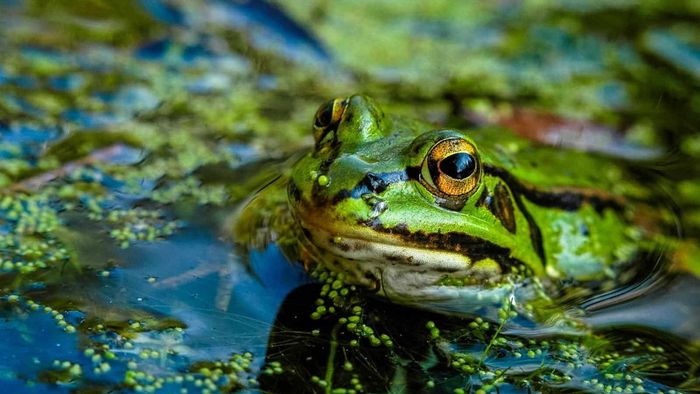Scientists identify 13 new amphibian species across Northeast India
Scientists at the Wildlife Institute of India (WII) have discovered 13 new species of amphibians across Northeast India, marking a significant advancement in documenting the region’s rich but understudied biodiversity.

- Nov 28, 2025,
- Updated Nov 28, 2025, 2:10 PM IST
Scientists at the Wildlife Institute of India (WII) have discovered 13 new species of amphibians across Northeast India, marking a significant advancement in documenting the region’s rich but understudied biodiversity.
Of the newly described species, six were recorded in Arunachal Pradesh, three in Meghalaya, and one each in Assam, Mizoram, Nagaland and Manipur.
The discoveries belong to the genus Raorchestes and include R. lawngtalaiensis from Mizoram, R. barakensis from Assam, R. narpuhensis and R. boulengeri from Meghalaya, R. monolithus from Manipur, R. khonoma from Nagaland, and several species from Arunachal Pradesh such as R. eaglenestensis, R. magnus and R. nasuta. These findings are the result of an extensive taxonomic study conducted between 2019 and 2024 with support from the National Geographic Society and the Meghalaya Biodiversity Board.
Led by Bitupan Boruah, a PhD scholar at WII, along with herpetologist Dr. Abhijit Das and Dr. Deepak Veerappan of the Natural History Museum, London, and Newcastle University, the research relied on acoustics, genetics and morphology to identify the frogs. The team also examined century-old museum specimens from the India-Burma region housed in natural history institutions abroad, helping resolve long-standing classification gaps.
Based on sampling across 81 localities in eight northeastern states, including 25 protected areas, the researchers revised species distributions and synonymised four previously described species. With the latest additions, the number of known bush frog species in India has risen from 82 to 95.
Published in the latest volume of Vertebrate Zoology, the study resolves key taxonomic ambiguities surrounding the tiny “tik-tik” bush frogs and opens new pathways for understanding their conservation needs and ecological roles.